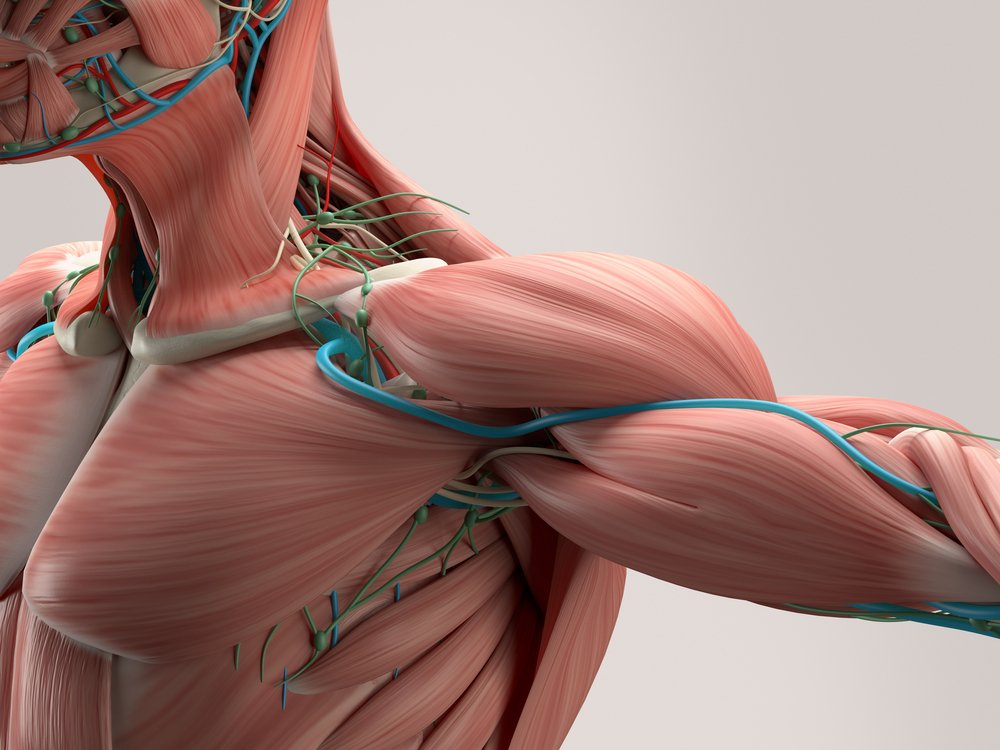Resolaris Improves Muscle Strength, Quality of Life in FSHD Patients, Study Finds

Resolaris, a protein therapy developed for rare muscle diseases by aTyr Pharma, improved muscle strength and quality of life in a small study of patients with early onset facioscapulohumeral muscular dystrophy (FSHD).
These findings, as well as others regarding the effect of Resolaris in patients with limb girdle muscular dystrophy 2B (LGMD2B, another rare muscle disease), were presented at the American Academy of Neurology’s 69th Annual Meeting, held in Boston.
The Phase 1b/2 003 trial (NCT02603562) investigated the safety, tolerability and efficacy of Resolaris in eight patients aged 16 to 20 with early-onset FSHD after once-weekly doses (0.3, 1 and 3 mg/kg). The treatment had a duration of 12 weeks.
Five in eight of these patients (63 percent patients) showed increased muscle strength, with a mean 3.8 percent increased baseline in their Manual Muscle Test. Also, four in six improved their Individualized Neuromuscular Quality of Life (INQoL) score, which measures a patient’s disease burden.
The treatment was well tolerated, including at the higher dose, and reported adverse effects were mild to moderate.
Based on these results, San Diego-based ayr is optimistic about its prospects for Resolaris in treating FSHD.
“We are developing Resolaris, derived from a naturally occurring protein that we believe acts on a newly discovered immunological pathway to potentially treat patients with rare muscular dystrophies characterized by immune cell imbalance,” Dr. Sanjay Shukla, aTyr’s chief medical officer, said in a news release. “These results are important as they reinforce previous clinical results (in adult FSHD and adult LGMD2B) with Resolaris in a younger patient population, with a potentially more aggressive progression of disease.”
FSHD is genetic disease causing progressive muscle weakness and atrophy. This disease is named after the muscles affected the most: muscles in the face (facio-), around the shoulder blades (scapulo-) and the upper arms (humeral). FSHD eventually spreads to the legs and skeletal muscles. Symptoms usually occur during adolescence, but milder cases may be diagnosed only later in life.
FSHD affects an estimated 12 of 100,000 people. Currently, there is no treatment or cure for this condition.






